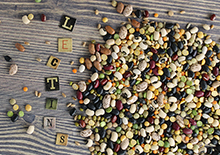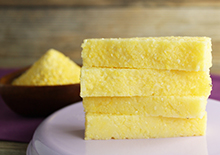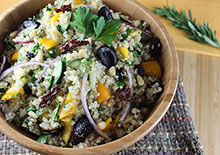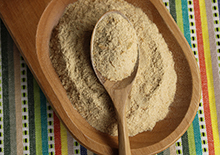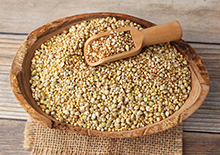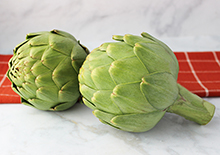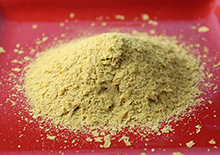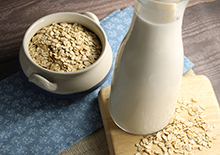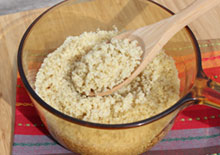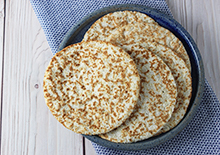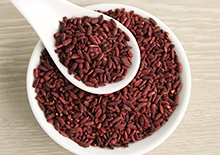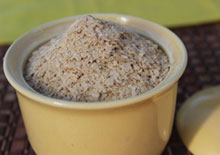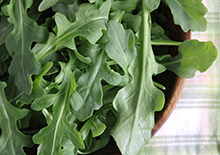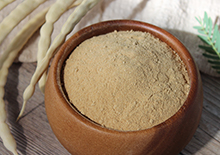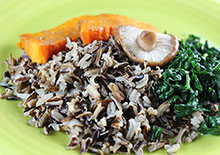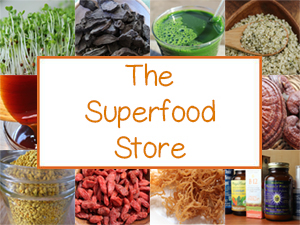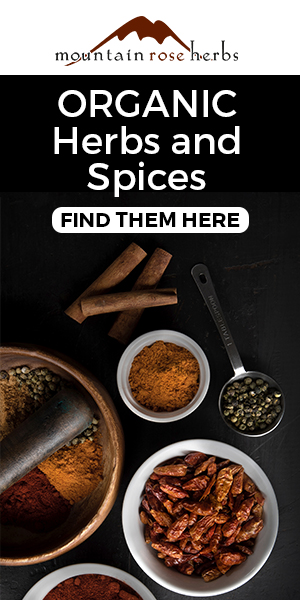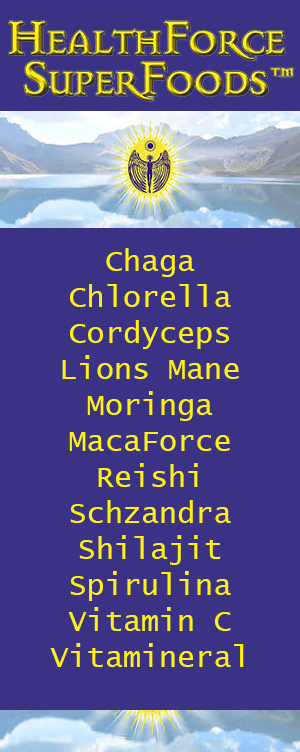- Home
- Plant-Based Cooking
Plant-Based Cooking, Basic Foods for Healthy Cooked Meals
Legume Protein | Gluten-Free Grains | Greens and Vegetables | Plant-Based Fats | Best Natural Salts | Herbs and Spices
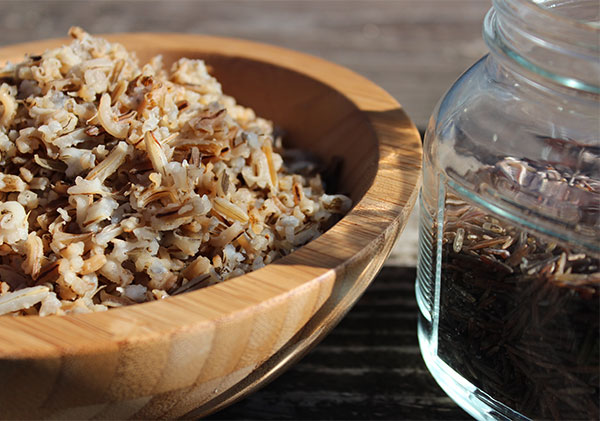
Here is a list of our own personal favorite staple foods we like to use when making healthier cooked plant-based dishes. This basically encompasses preparing meals directly from whole food sources that are not processed, refined, canned or packaged.
Although more complex recipes have their place in vegan and vegetarian meal making, we believe that simple food combinations can not only be equally satisfying but are often best for maintaining optimal weight as well as energy levels.
That being said, here is our go-to list of primary selections you may wish to include in the diet when looking to get your protein, fat and carbohydrates from organic cooked plant-based whole foods.
Table of Contents
Legume Protein | Gluten-Free Grains | Greens and Vegetables | Plant-Based Fats | Best Natural Salts | Herbs and Spices
Legumes, A Valuable Cooked Protein Source
While protein is also found in green leafy vegetables and many grains, it is considerably high in most legume sources. These little protein powerhouses are really the backbone to many vegan and vegetarian diets.
Also a source of fiber and many minerals, they are simple to make crockpot style and can be integrated into soups, pates or used to make our favorite, homemade tempeh.
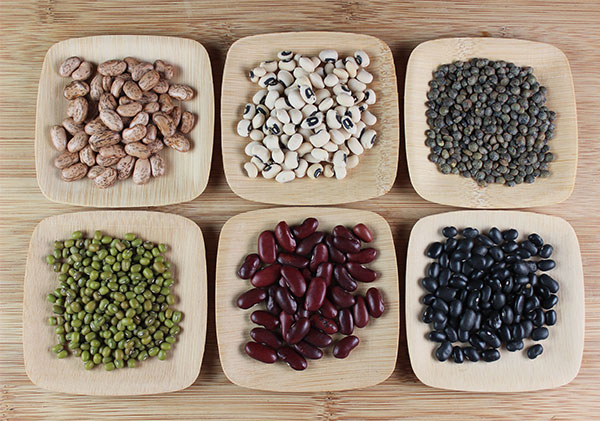
Top List of Legumes and Their Protein Content
Adzuki Bean, cooked (1 cup) - 17g
Black Beans, cooked (1 cup) - 15.2g
Black-eyed Peas, cooked (1 cup) - 13.9g
Chickpeas, cooked (1 cup) - 14.5g
Lentils, cooked(1 cup) - 17.9g
Mung Bean, cooked (1 cup) - 14.2g
Peas, cooked (1 cup) - 9g
Pinto Beans, cooked (1cup) - 15.4g
Red Kidney Beans (1 cup) - 15.3g
Tempeh, soy (3 oz) - 15.3g
Tofu, firm (3 oz) - 8.4g
(Sourced from Nutrition Data)
Gluten-Free Whole Grain Alternatives
Whole grains are excellent sources of complex carbohydrates. They are grounding to the body and their fibrous quality helps to promote regular bowel movements.
What's the difference between whole grains and refined grains? Whole varieties are the complete kernel which includes the endosperm, the germ and the bran. This substantially increases the fiber content, both soluble and insoluble, providing a longer burning energy source without causing sudden blood sugar spikes common with refined grains.
We typically avoid glutenous grains like wheat, rye or barley unless sprouted or used to make rejuvelac or wheatgrass.
Our top gluten-free ancient grains are quinoa, amaranth, millet, sorghum and buckwheat. These varieties are considered to be the "alkaline grains" often promoted by those adhering to the Body Ecology Diet. They essentially help to balance pH and acidic foods that can encourage candida overgrowth.
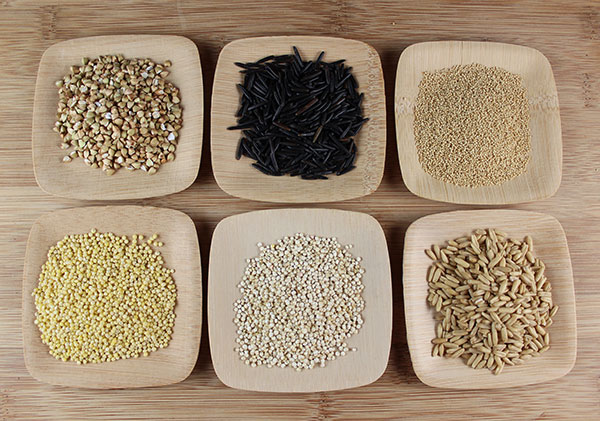
Top List of Whole Grains
Cooking Greens and Vegetables
- Leafy Greens - Chlorophyll-rich green leafy vegetables are an excellent complement to most any grain or legume dish. Selections like collards, kale, chard, bok choy, parsley and cilantro are more nutritious when lightly steamed or consumed in soups or stews with the broth liquid.
- Root Vegetables - This includes vegetables such as carrots, beets, parsnips, rutabaga, turnips and burdock as well as the starchier root vegetables like sweet potatoes, yams and the many different potato varieties. While it is traditional to peel most root vegetables before baking or boiling, the peels can be left on and consumed for added nutrients and fiber.
- Other Vegetables - It is good to mix up vegetable selections with an emphasis on in-season assortments. This may include asparagus, bell pepper, broccoli, cauliflower, celery, hot peppers, onions, leeks and squashes.
Plant-Based Fats for Cooking
For high heat cooking, the tropical saturated fats are our first choice such as coconut oil and red palm oil (not to be confused with palm kernel oil).
We do not promote the use of refined vegetable oils, like canola, or hydrogenated oils for cooking purposes.
Unrefined oils, like extra virgin olive oil and avocado oil, can be options for low temp sautés but we prefer to use them minimally for cooking purposes as heat can degrade quality. Omega oils, on the other hand, should never be heated as this will significantly reduce nutritional value and omega-3 fatty acid content.
Best Natural Salts to Use
When using salt to increase the flavor of simple foods, refined table salt should be avoided at all costs. This is salt that is highly processed and stripped of essential minerals and macro-nutrients.
Table salt, including iodized salt, is made up of about 97% sodium chloride in addition to anti-caking agents like sodium aluminum silicate, silicon dioxide, calcium silicate or magnesium carbonate.
Better choices for salting your cooked recipes include naturals salts, like sea salt and pink Himalayan salt, as well as ferments or sea vegetables.
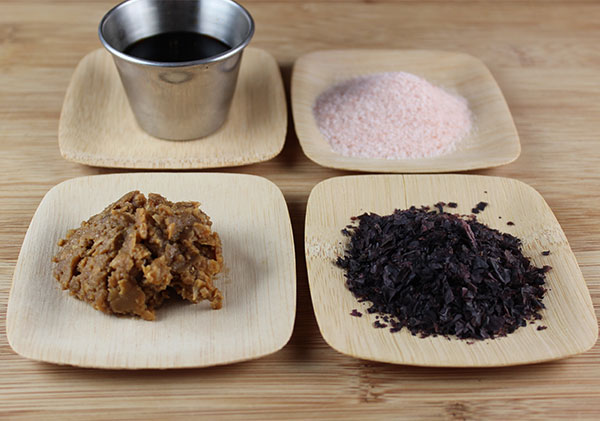
Top List of Salts
- Mineral or Rocks Salts - Celtic sea salt and pink Himalayan salt
- Tamari or Shoyu - Fermented soy-based liquids made with or without wheat gluten
- Miso Paste - A fermented bean paste, commonly made from soybeans, but also available using other legume varieties
- Seaweeds - Whole or powdered sea vegetables like kelp, nori and dulse
Herbs and Spices
Digestive spices as well as culinary herbs add flavor and can assist in the assimilation of the foods we eat, increasing the breakdown of nutrients so that the body can utilize them.
There are many different cultural spices to use for flavor enhancement when preparing cooked meals.
Top Herb and Spice Blends
- Italian Herbs - rosemary, oregano, basil, garlic and thyme
- Mexican Spices - cumin, chili powder, paprika and chipotle
- East Indian Spices - turmeric, curry blends, cinnamon, cardamom, coriander and mustard
- Thai Herbs and Spices - lemongrass, ginger, Thai basil, coconut, and chilis
Adding tonic herbal roots and medicinal mushrooms to grains, soups and stews is an easy as well as traditional way to include them in the diet on a more frequent basis.
